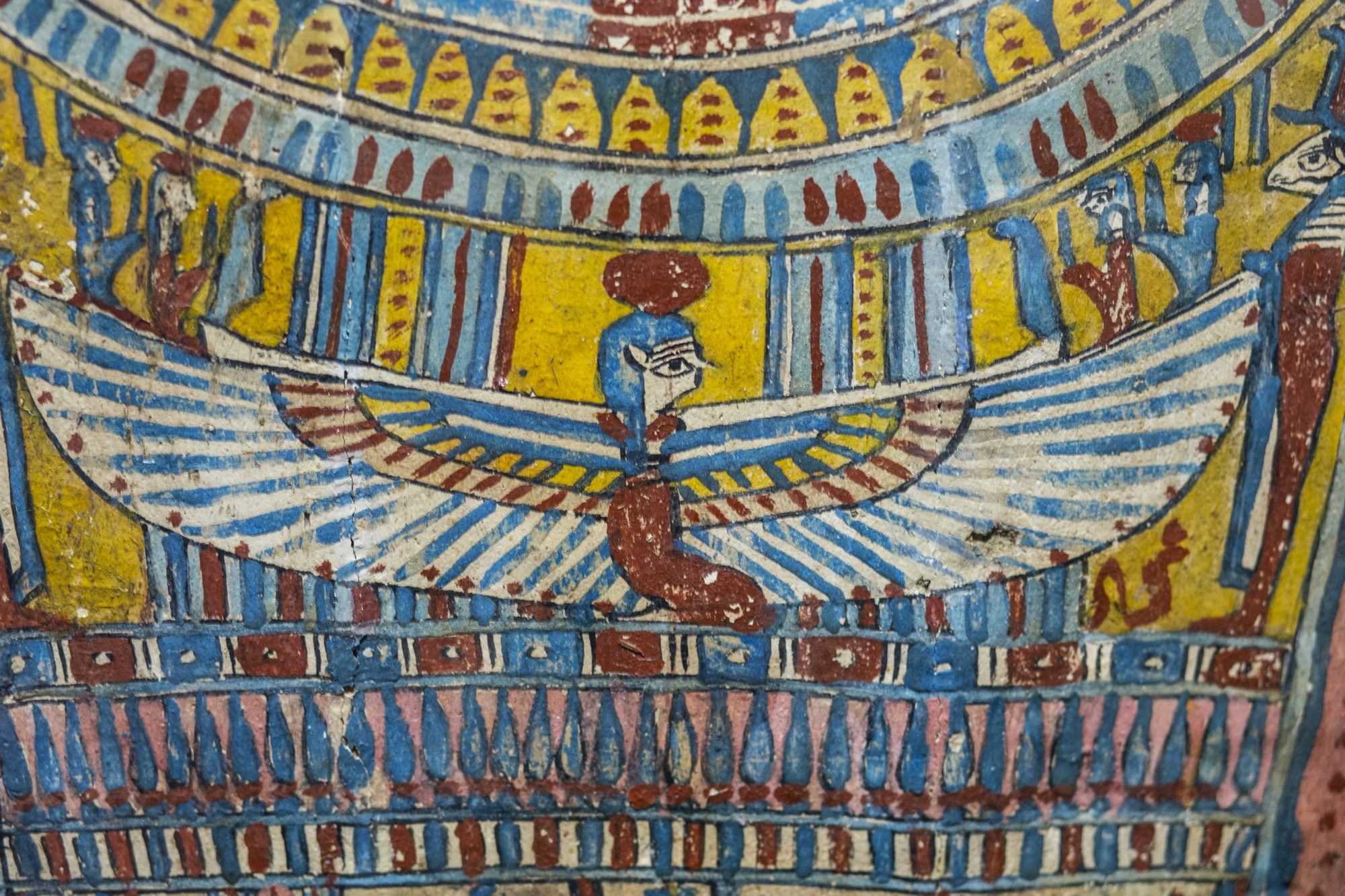BY DAVE RANKIN
As with all things in life, we strive for a healthy balance. It is this balance that allows us to be at our happiest. We perform our daily tasks better; we have improved relationships with the people that mean so much to us; our production levels are without question. It is a power that is sometimes unexplainable. Through this balance we also have a greater connection with the Creator. At our best, we simply just know when we have reached that balance and it shows in our actions.
In ancient Kemet/Egypt, this balance was attributed to the spiritual principle of Ma’at. Ma’at, usually depicted as a woman wearing a headdress with an ostrich feather attached to it, represented the order of things that everything in the universe was governed by. This included human life and as well as the neteru (pronounced net-ter-ooo), or the gods; and once again, this was shown in action.
Ma’at is known by a few characteristics: as a philosophy or spiritual symbol that aspirants strive to follow; there are 7 principles that are associated with her. They are: truth, justice, harmony, balance, order, reciprocity, and propriety/prosperity. She is also known as an energy that is present throughout the entire universe. In fact, all creation must come through Ma’at.
As an example, it was written that Ma’at was with Ra (the creative force) at the time creation came into being. One source says that when Ra emerged from his barque, or boat, he stood upon the pedestal of Ma’at. In another source, it is Ma’at who sits at the front of Ra’s celestial barque, signifying that she is the one who makes the way in order for the boat, or Ra, to move. Both instances have remarkable meaning to the human psyche. To sum it up, Ra is considered to be the spirit and it is the spirit that must be attuned or in harmony with Ma’at via great virtue.
We can define virtue as moral excellence, righteousness goodness; basically a moral compass. Therefore, if we were to internalize Ma’at, she would be understood as the “right thing to do” or the moral compass, which serves as the foundation to do the right thing. I mean, isn’t this what we are striving to do on a daily basis?
On so many levels Ma’at has been a part of our lives and we don’t even know it. As for the ancient Kemetian or Egyptian, this was deeply embedded into their lives. As a philosophy, the Declaration of Innocence to Ma’at or as it was commonly known; the 42 Laws of Ma’at were cited five times a day. If you notice, this is exactly the same number of times that Muslims cite the Salat/Salah. These declarations served as a way to purify the heart thus leading towards righteous action. With precepts like, “I have not done iniquity”, “I have not acted deceitfully” or “I have not eaten my own heart.” We can see why these Ancient Wisdom Precepts are extremely important to any aspirant who wishes to follow this path. With further study, we can also see why these declarations would later serve as the precursor to the 10 Commandments of the Judeo-Christian faith.
For those of us who wish to study the philosophy of Ma’at, there are a number of authors that come to mind. The first is Dr. Muata Ashby and his work The Introduction of Ma’at Philosophy. Next, would be Maulana Karenga and his Ma’at, The Moral Ideal in Ancient Egypt. Also, Mfundishi Hassan K. Salim’s Spiritual Warriors are Healers is another piece of literature worthy of mention here. Although we barely scratched the surface of this wonderful divinity, our aim is to provide the reader with some insight into why Ma’at was and is still important to the everyday African existence. I look forward to continuing the exploration of Ma’at and her ever-growing profoundness.

